Before we can talk about how our aids and cues effect the movement of our horses, it is important to understand what the aids are that we have at our disposal.
The first kind of aids are pretty straight forward. Natural aids are the aids that, conveniently enough(!), nature provided us with. They include your hands/arms, seat, voice, legs and brain. Many times we don’t even realize how greatly we are effecting our horse’s movement simply by shifting our weight in the saddle, tensing a leg muscle or tightening/loosening our grip on the reins. Even the way that we hold our heads have an incredible effect on the movement of our horse. Have you ever wondered why your riding instructor tells you to look where you want to be going? It’s because the motion of turning your head affects the position of your spine and subsequently, the way your weight is dispersed is effected. Your horse will sense all of that going on on his back and react to it (most of the time!). Your legs have the ability to get a horse moving and keep him moving. Your arms and hands are an extension of the reins, connecting you directly to your horse’s mouth to help guide him. Your vocal tone can urge a horse forward or help calm him to slow him down or stop. The voice is an aid that is often misunderstood. Some people think a horse connects an action to a word. That isn’t really the case. They react to the intonation that you use. To get your horse to go faster or get a little more peppy, your voice needs to be a little more harsh, clipped and higher. If you want your horse to calm down or stop, your voice needs to be lower in pitch and softer in tone. It doesn’t matter if you say ‘Yah!’, ‘Giddy-up!’, ‘Whoa!’, ‘Ease up!’ or ‘Mustard!’ If your voice is the right tone, your horse will respond accordingly. My riding instructor actually did use various condiments one day to prove that it isn’t the word, but the intonation that a horse will respond to.
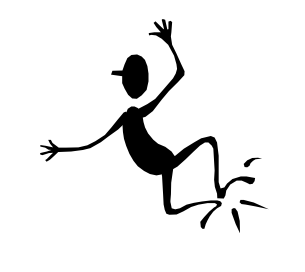
Our bodies are the best aids available to us!
The next kind of aids are artificial aids. These are the aids that don’t come naturally installed in our body! Crops and spurs are the most common artificial aids that we see. These aids should work as an extension of your natural aids by adding a little more ‘umph.’ So if you have a horse that isn’t listening to your leg when you say ‘move your body’, you can add a spur or a crop to get them to pay attention. It is important, however, that your spurs and crop are used correctly, or they become cruel. The proper use of a crop is behind your leg, not on the shoulder! Why? The crop is there to mimic the pressure of your calf when you ask a horse to move, whether it is sideways or forward. The crop should be used behind the dominant leg in a movement or on the outside and it should be used on the barrel of your horse, not his flank or rump. Using a crop correctly will get you faster results than if you just mindlessly beat on him when he doesn’t do what you want — that is not the purpose of a crop. The crop is not a tool to take out frustration on your horse. It is a form of positive punishment. If you’ve ever taken any basic psychology classes, you’ve probably learned about positive and negative punishment and positive and negative reinforcement. ‘Punishment’ is a word that many people don’t like, but in a psychological context, it simply refers to the decrease of an unwanted behavior. Positive punishment is adding an unwanted stimulus (the crop) to decrease an unwanted behavior (ignoring your leg.) The same idea is used with spurs. Spurs should only be touching the horse’s side when you are using them for a purpose. If you do not have the leg control to keep your toe forward to avoid hitting your horse with a spur every time he takes a step, you are not advanced enough in your riding to be able to use spurs effectively. The action of a spur is to accentuate the action of your heel and leg in asking your horse to move to the side or forward. In some Western settings, spurs are used to stop, but for my purpose and style of riding, I will not be hitting on this concept. If your spurs are constantly hitting your horse’s side, you will end up with a very annoyed or angry horse and then eventually a horse who is completely unresponsive to any leg aids. Therefore, be absolutely confident in the control of your legs before breaking out the spurs.
I’d also like to address the different ways in which we use the reins. The most common and basic rein aid is direct. This is usually what you learn when you get on a horse for the first time. Pull the left rein to go left and the right rein to go right. Easy to understand and use. Another one that might be introduced to you early on is a leading or opening rein. It’s pretty much what it sounds like! Opening the rein away from your horse while maintaining the same amount of pressure allows his shoulders to move into the space you have made. Another rein aid is an indirect rein. An indirect rein is used to influence the shoulder or hips. Indirect rein in front of your horse’s withers will keep his shoulder from bulging out. Indirect behind the withers will help keep his hips from bulging out. The indirect rein forces your horse away from the side on which you are implementing it. Then you have a blocking rein, which is not used to elicit a movement, but to — as the name suggests — block a movement. It is accomplished by holding the rein flush on your horse’s neck so that the space into which he is trying to move, is closed off from him. When a rein is taken away from the side of your horse’s neck, it is an invitation for your horse to move into that space. Different rein aids can and often are paired to get the movement that you are looking for. In Western riding, neck reining is used, in which the reins are used in one hand and the touch of the rein tells the horse which direction to go.
There are also different placements for your legs. Depending on where your leg is positioned on your horse, you will influence the way he moves and the amount of control that you have over him. The most common placement for your leg is at the girth. This is where you tell your horse to stop and go and where your leg should rest most of the time. Your leg can also be in front of the girth or behind the girth. To influence the placement of your horse’s shoulder for a movement such as a shoulder out, your leg might slide in front of the girth. A leg behind the girth would have influence over additional speed, as in the canter; or displacing his hips, as with haunches in. You legs can drive your horse by having more pressure than you are holding in your reins. You can accomplish a holding leg to maintain a movement by balancing the weight in your rein and leg and you can use your leg to block an action by keeping equal or greater pressure in your leg as is in your rein.
Obviously this is just the tip of the iceberg for the aids, but as each segment comes up, we will delve into certain aids in greater detail. Use this as a guideline to have a basic understanding as you make your way with me through this series: Above the Influence.

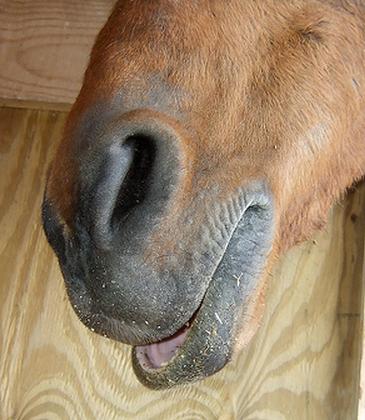
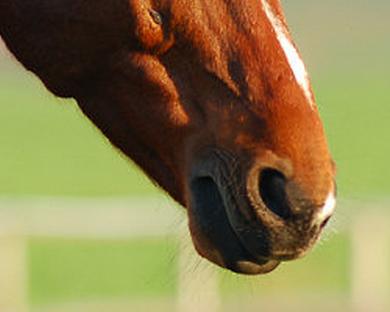
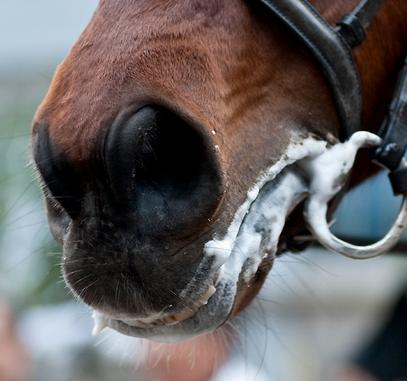
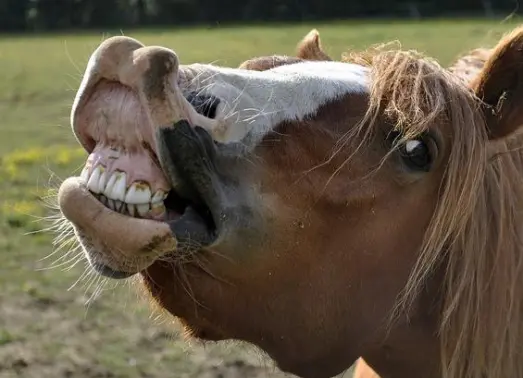
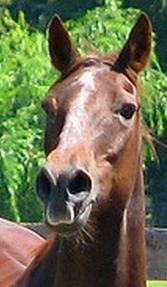
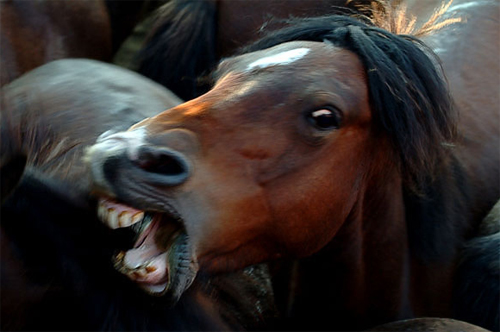
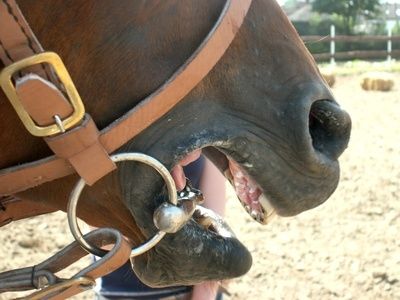
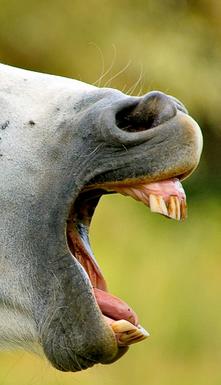
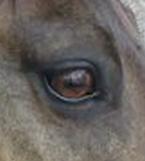
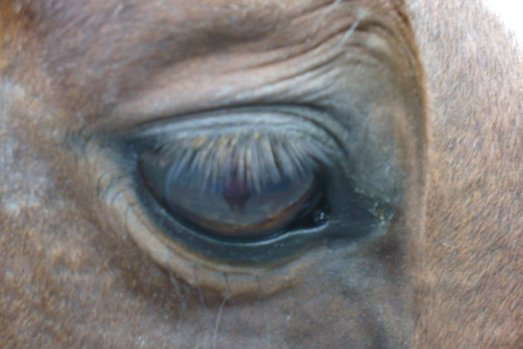
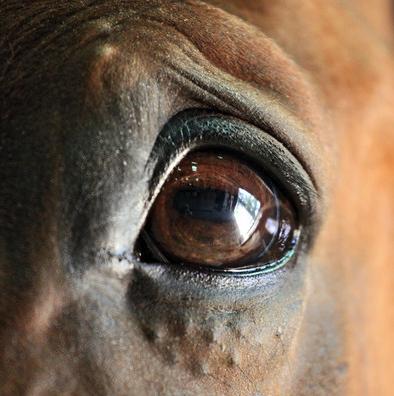
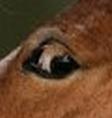
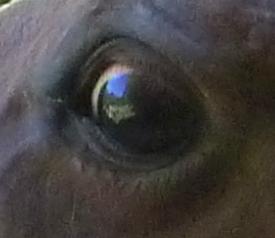
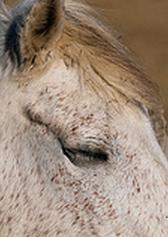
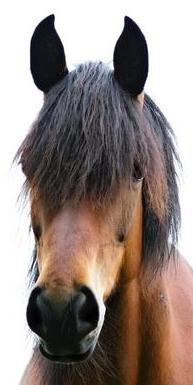
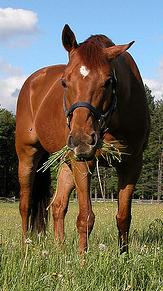
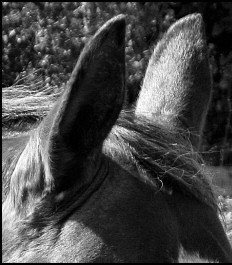
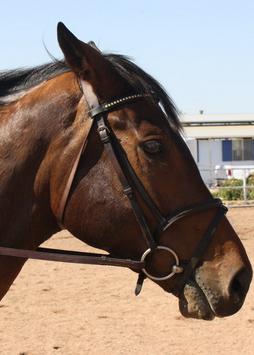
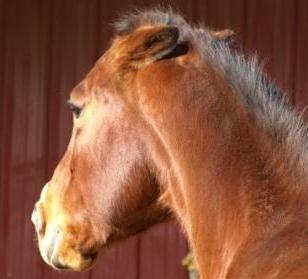
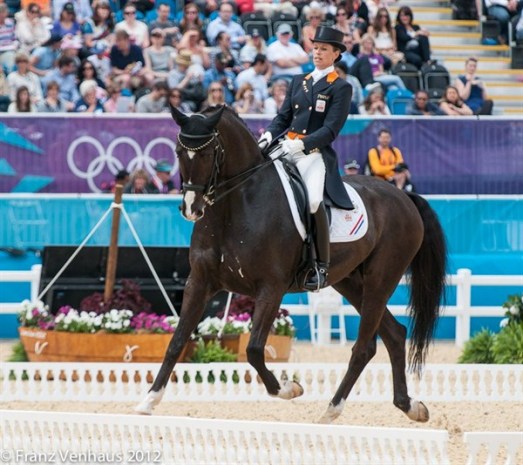
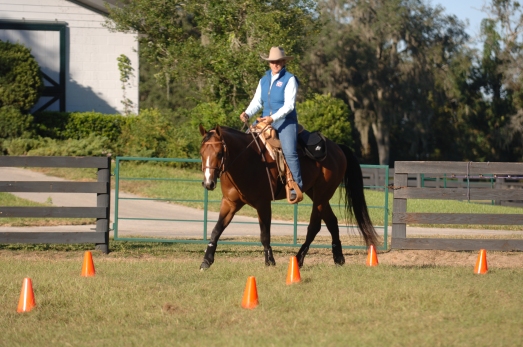
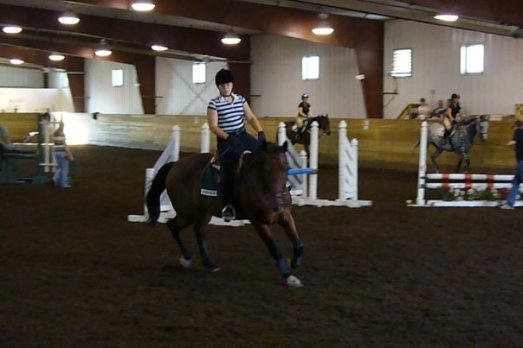


![Eye[lashes]](https://15minutehorsefix.files.wordpress.com/2012/02/eyelashes.jpg?w=523)



